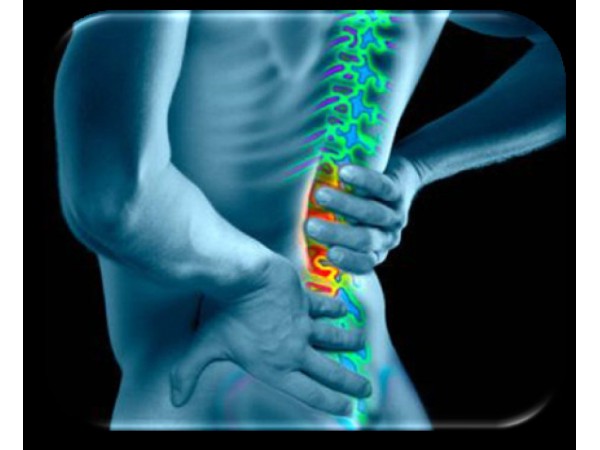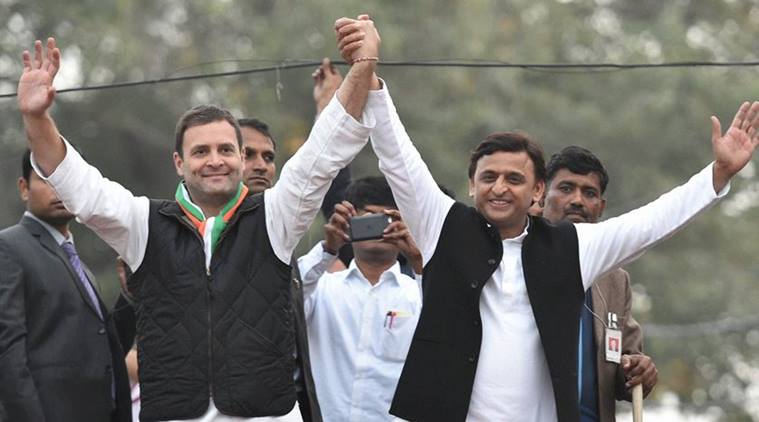Thanks to the load of books in their bags as much as 68 per cent of school children in the age group of 7-13 years face the risk of backaches and even hunchbacks.
A recent survey conducted by Associated Chambers of Commerce and Industry of India (ASSOCHAM) under its Healthcare Committee has found that 68 per cent of school children under the age of 13 years across India may suffer from mild back pain, which can develop into chronic pain and later into hunchback.
The survey noted that over 88 per cent of children in the age group of 7-13 years carry more than 45 per cent of their weight on their backs including art kit, skates, taekwondo equipment, a swim bag, cricket kit every alternate day leading to serious spinal damage and irreversible back problems.
“Early slip disc, spondylitis, spondylolisthesis, persistent back aches, early degeneration of spine and postural scoliosis are some of the problems that these children face,” chairman of Assocham s health committee B K Rao said.
As per the Children’s School Bag Act 2006, a schoolbag should not weigh more than 10 per cent of a child’s weight.
The law also stipulates that nursery and kindergarten students should carry no schoolbag and the school authorities should issue guidelines on bags. It also suggests that the state government provide appropriate lockers in schools.
“Excessive and uneven loads are linked to an increased risk of back-trouble and deformation of the spine. Stress from such excess weights may affect the growth of the musculoskeletal system especially if children carry the bag on one shoulder.
“If children start getting back pains at such a young age, then there is the possibility that they will have it life long,” Rao said.
Carrying very heavy backpacks puts extra pressure on one side tilting the spine, Rao said, adding putting the bag down and then carrying it again is more dangerous for a growing spine than continuously walking with static weight.
The excess weight puts undue stress on the muscles, ligaments and disk and damage them. The alignment of the column is also disturbed causing it to bend, mostly forward or sideways, Rao explained.
The survey was conducted in ten cities including Delhi, Kolkata, Chennai, Bangalore, Mumbai, Hyderabad, Pune, Ahmedabad, Lucknow, Jaipur and Dehradun in which over 2500 students and 1,000 parents were interviewed.
(Sourced from agencies, Feature image courtesy:patch.com)


























